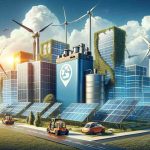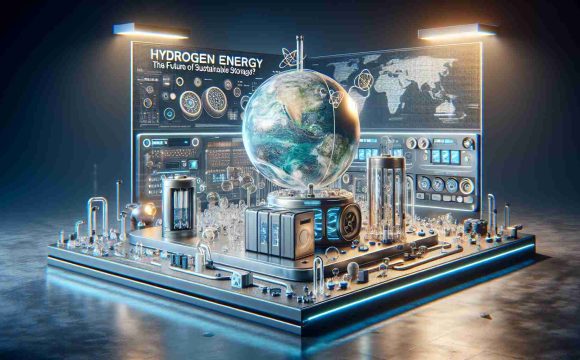- Climate change is severely impacting hydropower, the leading source of renewable energy.
- Regions experiencing droughts, like China and Ecuador, face significant decreases in hydropower production.
- Power shortages from diminished water supplies are leading to costly blackouts, such as Ecuador’s $12 million loss per hour in widespread outages.
- Environmental concerns are driving a decline in investment for new hydropower projects, highlighting the need for sustainable practices.
- Major projects, like the Grand Inga dam, face challenges from bureaucratic hurdles and financial constraints.
- The future of hydropower will rely on technological innovation and collaborative efforts to balance energy needs with environmental protection.
As climate change shifts global weather patterns, the shining promise of hydropower—the largest source of renewable energy—faces an ominous challenge: worsening droughts. Once a reliable bastion of clean energy, hydropower is now grappling with dwindling water supplies, leading to dramatic power shortages and stunting growth in new projects.
Across the globe, regions like China’s Yangtze River basin have seen hydropower production plummet by 26%, forcing countries like Ecuador to resort to blackout measures that cost millions in lost productivity. In fact, each hour of widespread outages in Ecuador alone results in about $12 million lost. Similarly, Brazil and parts of the U.S. are not spared, experiencing a stark contrast between renewable ambitions and harsh climatic realities.
Investment in new hydropower projects has declined significantly, largely due to escalating environmental concerns. From endangering fish populations to altering flood patterns, the footprint of new dams has raised alarms among eco-conscious investors. While ambitious plans like the Grand Inga dam in the Democratic Republic of the Congo could electrify millions, bureaucratic delays and high costs hang over such projects like a dark cloud.
In a world desperately seeking sustainable energy solutions, the takeaway is clear: the future of hydropower hinges not only on technological advancement but also on collaborative efforts to counteract climate change and adhere to environmental standards. It’s a pivotal moment for our planet—can we harness nature’s currents without losing sight of its delicate ecosystems?
Hydropower Under Threat: Is It Time for a Renewed Focus on Innovation?
The Challenge Facing Hydropower
As climate change intensifies, traditional sources of renewable energy, particularly hydropower, are confronting unprecedented hurdles. The reliability of hydropower is increasingly compromised by severe droughts, which are becoming a more common issue in various regions worldwide. This shift has a profound impact not only on energy production but also on environmental and economic stability.
Key Insights on Hydropower’s Future
1. Diminishing Water Resources: Recent climate models predict that regions previously reliant on hydropower may experience additional reductions in water flow, leading to further complications in energy generation. This trend is projected to impact the economic viability of existing and future hydropower projects.
2. Technological Innovations: As challenges mount, there is an urgent need for innovation in hydropower technology. Enhanced models such as pumped-storage hydropower and hybrid systems integrating solar or wind can potentially mitigate some of the adverse effects of drought and improve energy resilience.
3. Sustainability and Environmental Impact: The growing awareness of the environmental consequences associated with large dams has initiated a dialogue about sustainable practices. Recent trends indicate increasing investments into environmentally-friendly hydro technologies and solutions that prioritize ecological balance.
Key Questions and Answers
Q1: What are the main factors contributing to the decline in hydropower production?
A1: The primary factors include worsening drought conditions due to climate change, regulatory hurdles for new projects, and rising environmental concerns regarding the ecological impact of dams and water diversions. Regions like the Yangtze River basin specifically exemplify these challenges.
Q2: How do the economic impacts of hydropower shortages manifest?
A2: Economic impacts are substantial, particularly in countries heavily reliant on hydropower for energy generation. For instance, Ecuador experiences losses of approximately $12 million for every hour of blackout, illustrating the direct correlation between hydropower efficiency and economic productivity.
Q3: What role can technology play in revitalizing the hydropower sector?
A3: Technology can introduce enhanced efficiency models, such as small-scale or modular hydropower systems, that are less invasive to the environment. Additionally, integrating energy storage solutions and hybrid renewable systems can provide sustainable alternatives to traditional hydropower, making them more resilient against climate variability.
Conclusion
As global energy needs evolve in response to climate change, hydropower must adapt. By embracing innovation and prioritizing sustainability, the sector can remain a key player in the renewable energy landscape. The future of hydropower relies on our ability to balance energy demands with environmental stewardship.
For more insights on hydropower and renewable energy, visit IRENA.







